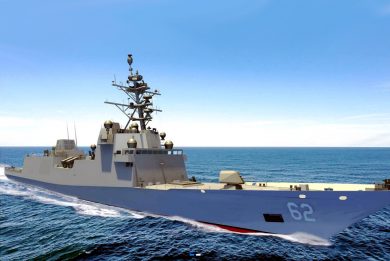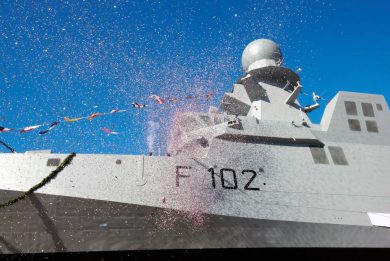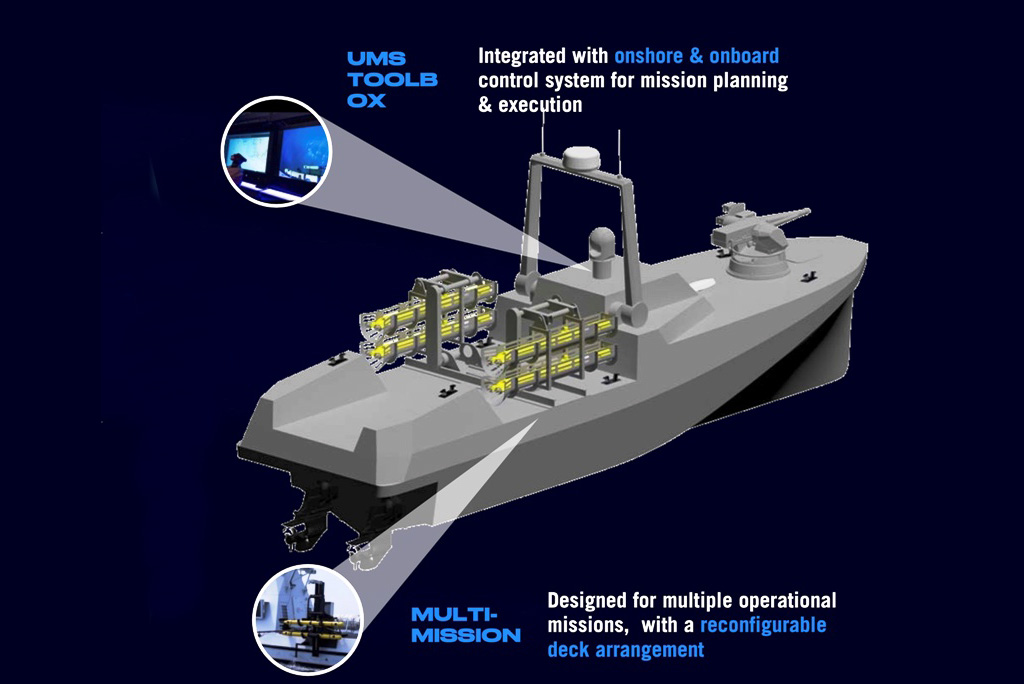
Fincantieri: IDS, underwater mission orchestration and assets
Previously focused on software and robotics for unmanned systems, radar technologies, and electromagnetic engineering, IDS (Ingegneria Dei Sistemi) “has progressively shifted its focus to the underwater domain since its acquisition by Fincantieri in 2021. IDS now serves as the digital brain within Fincantieri’s underwater product and service portfolio, and as the specialist in underwater unmanned systems,” Matteo Marchiori, IDS CEO said introducing the company
IDS is tasked with leading the development of digital mission systems, autonomy frameworks, and control interfaces that govern unmanned assets. “If you think about a typical underwater mission, you must deal with long cruise ranges, poor communications, unpredictable and unknown seafloor topography, persistence, and ultimately, continuously changing operational conditions,” Marchiori noted. “Any system expected to operate underwater must therefore be robust yet flexible, autonomous yet coordinated, and above all interoperable with surface platforms, submarines, satellite assets, and land-based control stations,” he continued.
IDS is enabling this level of integration through a common digital architecture across platforms, a capability that is paramount for scalability and cost-efficiency. IDS’s current flagship programmes are the UMS (Underwater Management System) and USVs (Unmanned Surface Vessels).
UMS
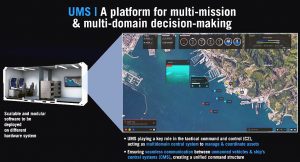
“The UMS is much more than software; it is a true mission orchestration platform. It allows operators to plan, simulate, monitor, and re-task assets across multiple domains: underwater, surface, aerial, and cyber. It supports predictive mission planning, dynamic re-tasking based on real-time data, and AI-driven decision aids to manage complex scenarios such as mine countermeasures, anti-submarine operations, or emergency response,” he explained.
Designed for multi-domain control, the UMS is tailored for several missions ranging from maritime surveillance and environmental monitoring to submarine tracking and critical infrastructure protection (e.g., pipelines or data cables). “The platform uses digital twins to simulate underwater environments, helping operators assess terrain, currents, sonar propagation, and more before deploying assets. This reduces mission risk and increases first-time effectiveness,” Marchiori said. “What sets UMS apart is its plug-and-play architecture – new payloads, vehicles or sensors can be integrated without redesigning the entire system. It’s a sort of drag-and-drop process,” he highlighted.
Based on an open, scalable and modular architecture, that can easily adapt to technological evolution and new NATO and civilian standards, the UMS is currently at TRL 8 and is undergoing critical design review (CDR). Developed with company funding, the UMS has already been selected by the Italian MoD Naval Armaments Directorate (NAVARM) and Fincantieri was awarded a contract to equip the new FREMM EVO frigates with it. Thanks to its scalability and modularity, the system is also intended for other platforms, becoming a standard fit for the Italian Navy. Fincantieri is developing a containerized version for expeditionary missions and application to in-service platforms.
USV
“The IDS USV, on the other hand, is a reconfigurable, autonomous platform serving as a mobile hub and command relay for underwater vehicles. IDS has developed advanced navigation systems, collision avoidance algorithms, an autonomy stack, and many other features. Together, the UMS and USV create a digital-physical pair that delivers modularity, redundancy, and operational intelligence to the underwater fleet – a true force multiplier in the underwater domain,” Marchiori explained.
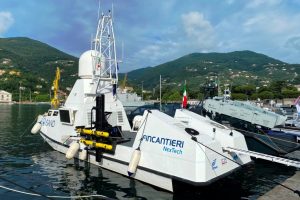
“The first unit, known as SAND (Surface Advanced Naval Drone) was built in 2019 and has since operated in multiple exercises and scenarios as a proof-of-concept and validation platform. We are now kicking off the design phase of a smaller 11 metres platform specifically designed to deploy and recover underwater drones, serving as a communications relay or sonar platform, and operating autonomously for over 100 hours,” Marchiori revealed, without disclosing further details.
According to information shared during the Underwater Investor Day, the new USV has been designed from the start for shipborne operations, conducting intelligence, surveillance and reconnaissance (ISR), as well as anti-submarine warfare and counter-drone missions. With a mass of 9 tonnes, the unmanned vessel’s features a low-profile design and signature, twin engines and propellers, providing an endurance of 100 hours at 5 knots. With a reconfigurable deck arrangement for various missions – such as launching and recovering autonomous underwater vehicles – the IDS USV includes a foldable mast for easier stowage on lateral or stern RHIBs stations. It is also fitted with navigation and targeting sensors for a remotely operated 12.7 mm gun mount, resembling the Leonardo Hitrole system. Different hulls, propulsion systems, and topside configurations are being evaluated to achieve the best performance.
Fincantieri’s current unmanned platforms activities, are based on the advancements made with the SAND USV, initially designed for search and rescue operations and later integrated with UUVs. The SAND is 16 metres long with a full load displacement of 25 tonnes, and is powered by two 588 kW diesel engines coupled to waterjets. It can endure 48 hours at 12 knots.
Fincantieri is using this platform to test new technologies and developments such as during NATO’s REMPUS (Robotic Experimentation augmented by Maritime Unmanned Systems) exercises and the Italian Navy’s recent Opex Task 1-25 – the first in a series of experimental demonstration exercises to be carried out with national and international industries aimed at challenging scenarios and missions.
“Anti-submarine surveillance and anti-drone capabilities are planned for future versions of the new USV, along with mine detection and civil emergency support. The upcoming 11-metres version will include collision avoidance systems, encrypted command-and-control links, and a reconfigurable deck to support mission modules. Most importantly, the USV is directly integrated with the UMS, meaning it can be controlled as part of a larger, coordinated network, automatically adapting to changing mission parameters or threats,” Marchiori added.
The new USV is being considered by the Italian Navy and MoD as a potential enhancement to equip the FREMM EVO alongside the UMS.
“IDS is the cornerstone of our underwater digital transformation. As warfare and environmental missions become more networked, data-driven, and autonomous, these technologies ensure that Fincantieri’s platforms are not just state-of-the-art but future-ready,” he concluded.
Photos courtesy Fincantieri and L. Peruzzi, graphics courtesy Fincantieri


